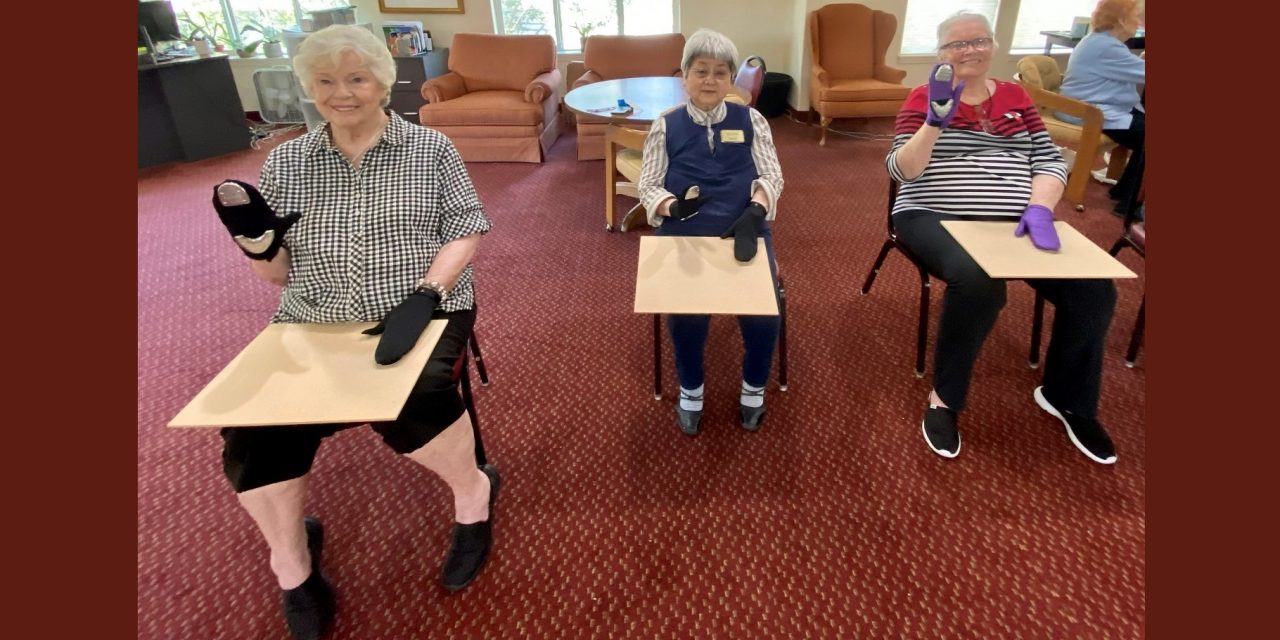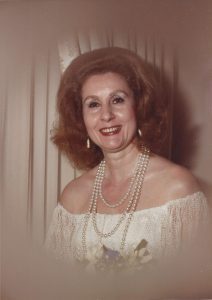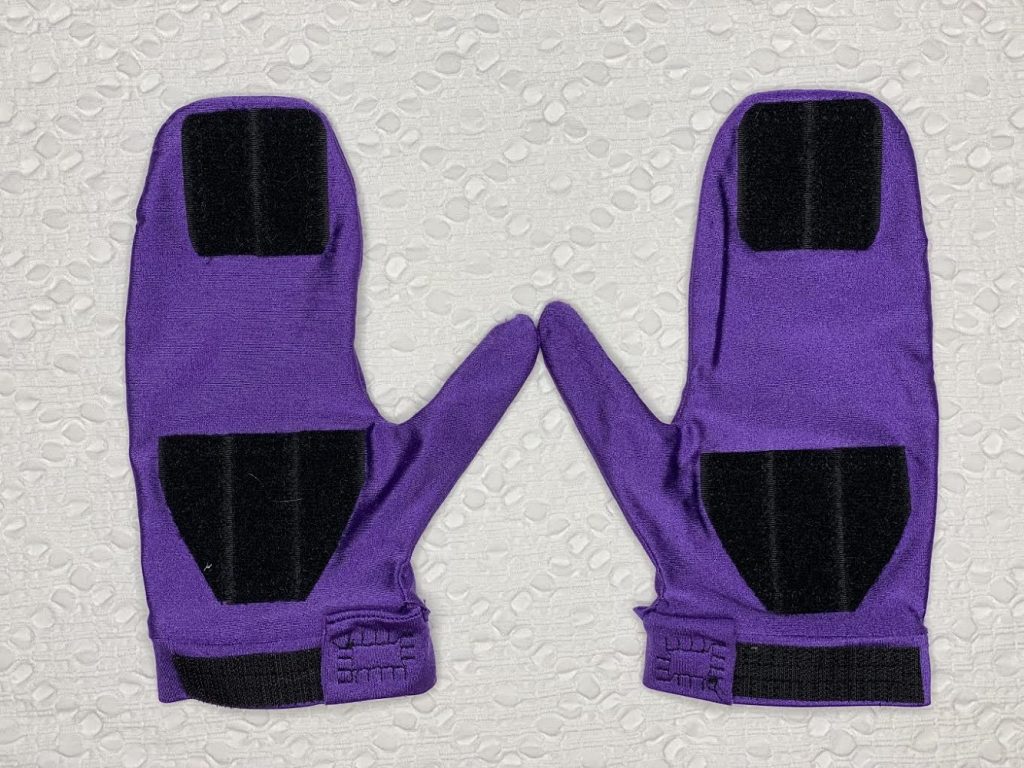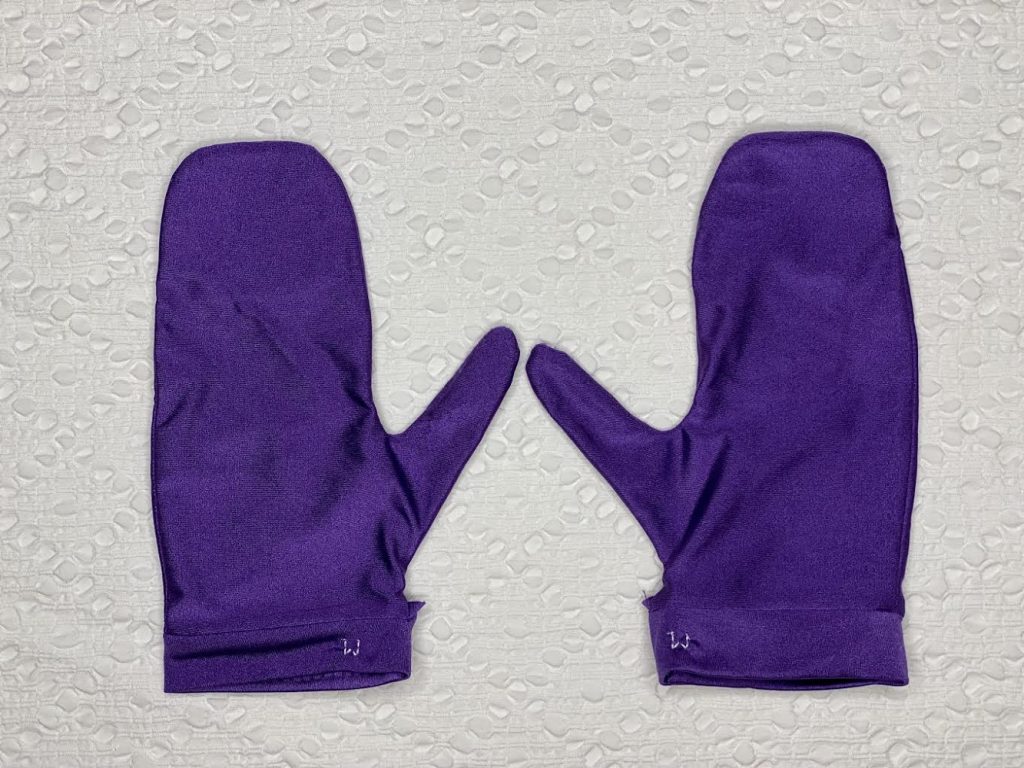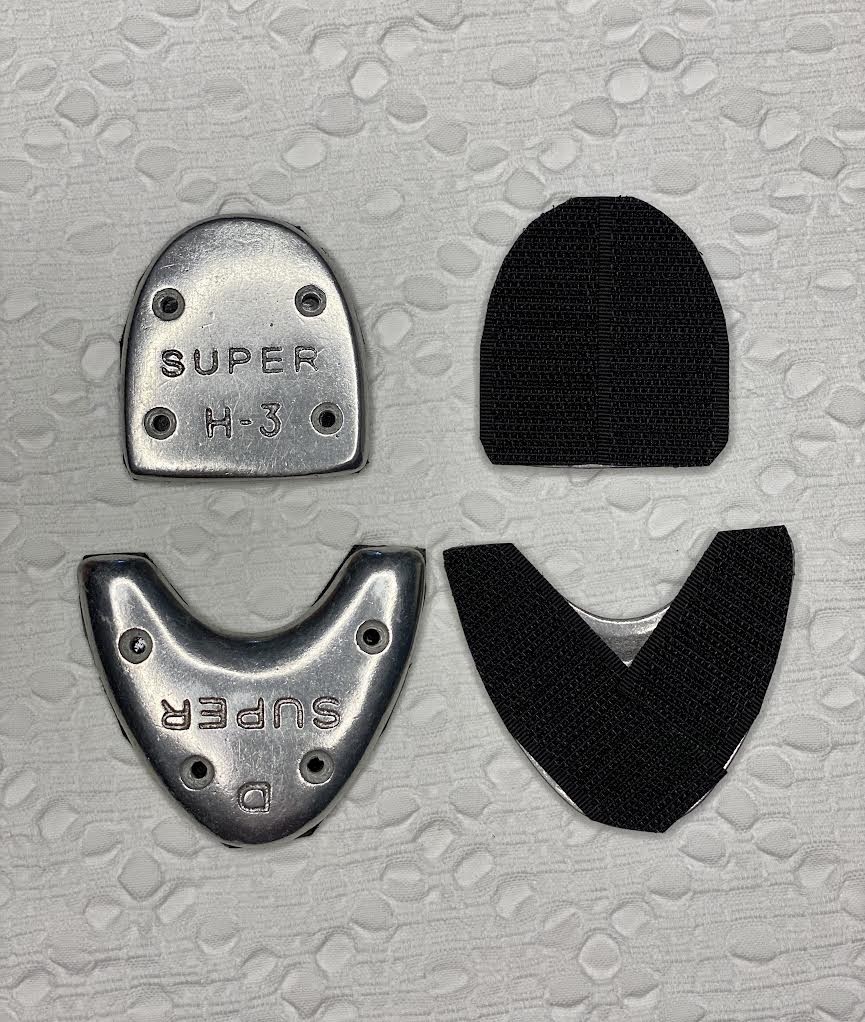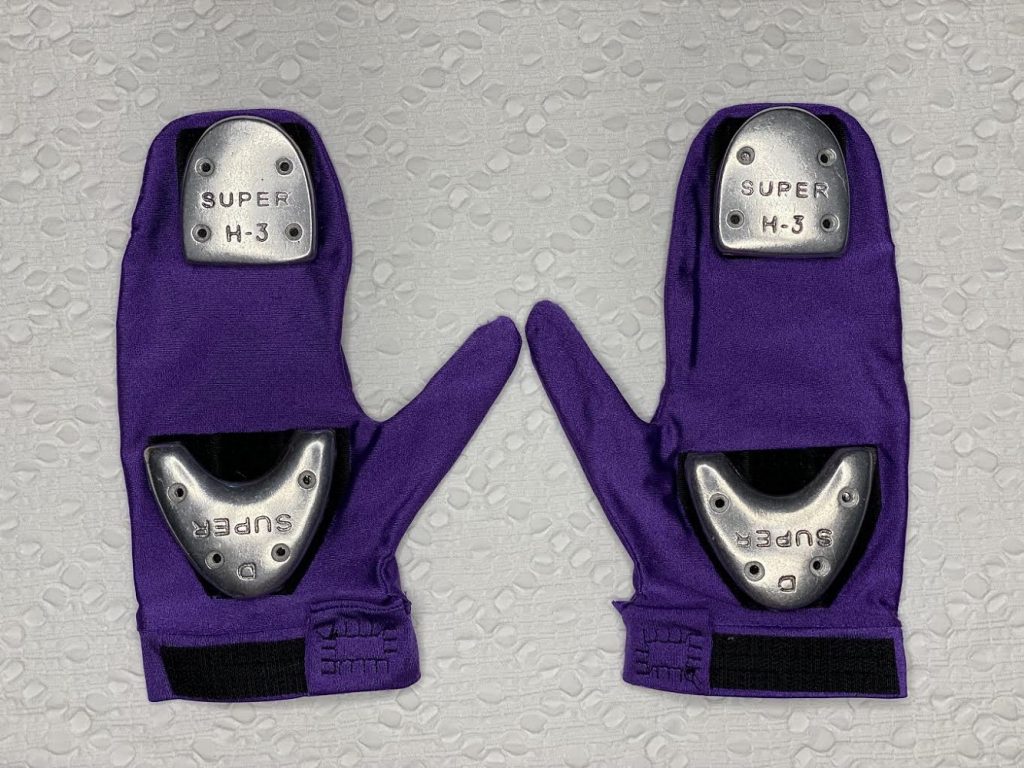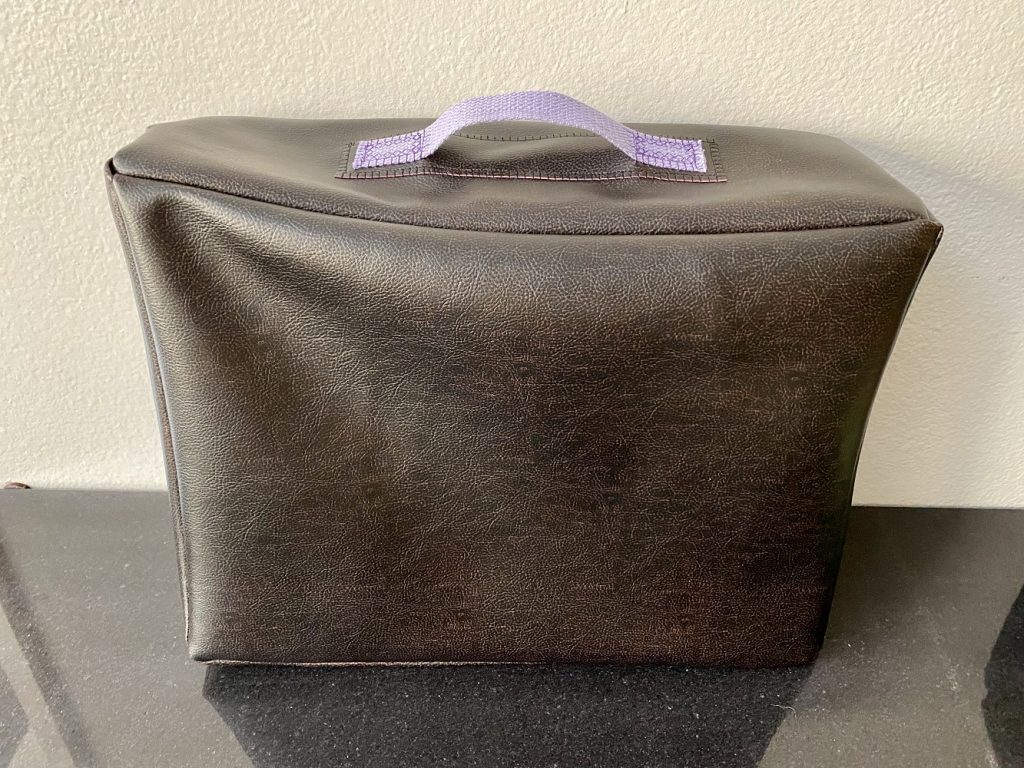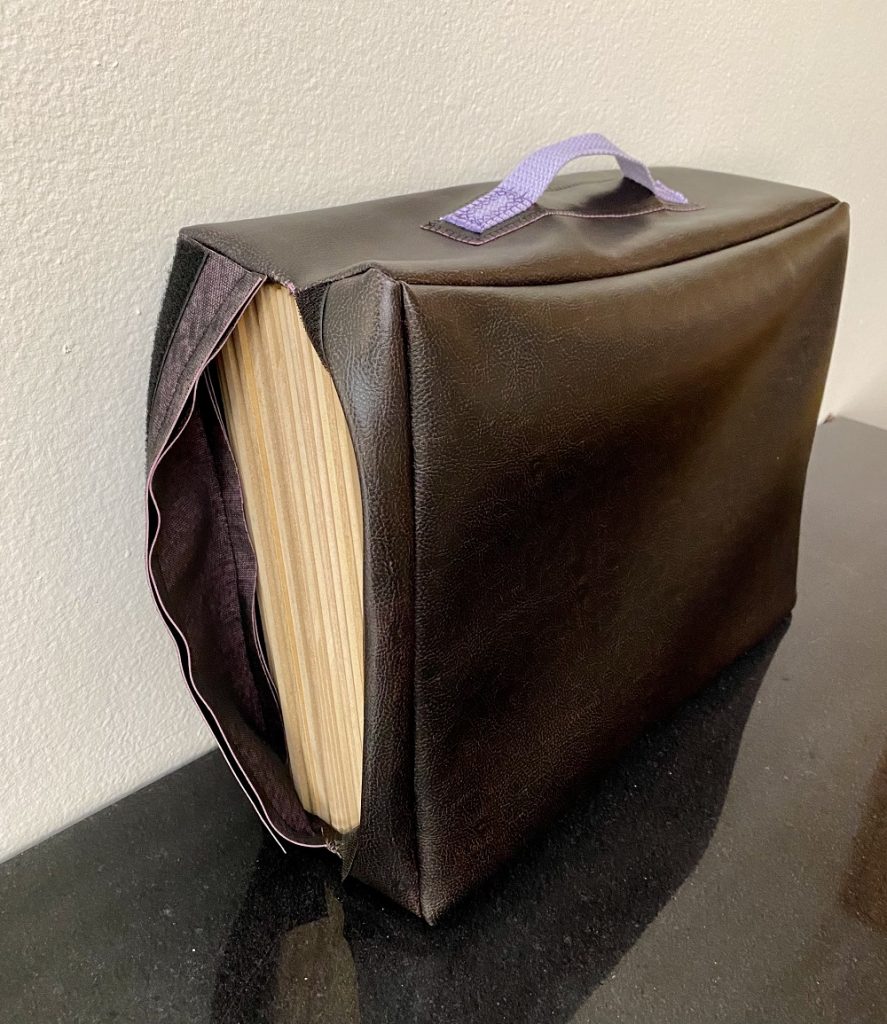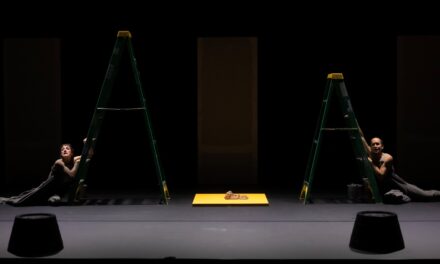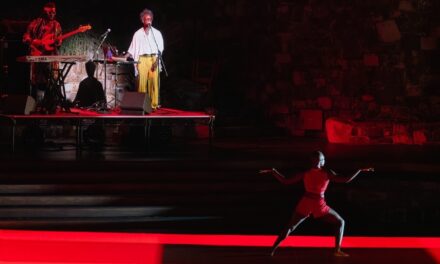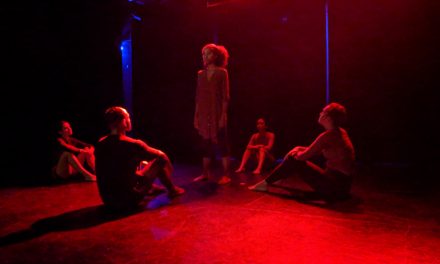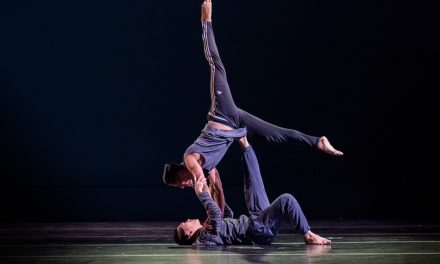A new dance book was recently brought to my attention for review by the publishers McFarland, titled Tap Dance For All – Adapting Instruction for Disability and Mobility Impairment by Victoria Moore and Joan Gerrard. At first, I was somewhat wary, because of the title, but a few pages into this incredibly well researched, tested and inspiring book, the authors’ choice of title made perfect sense and I highly recommend it to those involved with teaching dance or who are simply interested in learning more about the lives, hopes and dreams of anyone with a disability large or small. The readers will not only learn ways and methods to teach tap dance to anyone interested in learning, but they will also be made aware of how the disabled see and think about themselves, how they wish to be treated, and what still needs to be done to provide them with more accessibility to the world.
Combined, the two authors of Tap Dance For All experience and knowledge of this art form span over 75 years. Based in Los Angeles, Victoria Moore is a master tap instructor, choreographer, dance competition judge, writer, and producer with over 40 years of experience in the field of tap dance. She performed in the Broadway shows 42nd Street and Sugar Babies, and co-owner of Triple Threat Dolls Productions, Inc. The latter is a production company “focusing on developing and producing projects in a variety of theatrical formats.”
Co-author Joan Gerrard, Moore’s mother and first dance teacher, also had a long career as a professional dancer, performer, tap dance specialist, and choreographer. She was the tap director for dance studios and park districts throughout Chicago, and the founder and executive director of Dance-Plus Productions, Inc. designed to provide experienced instructors to teach a myriad of programs for performing and cultural arts. Sadly, Gerrard passed away before Tap Dance For All was published, but she was the inspiration for Moore to complete the book.
Moore writes about why this book was important to her and why she felt that it had to be written. Although there are elements of it, this is not a how-to book. It is a why-do book explaining why teachers must open the world of the physical arts up to anyone interested is essential. As Moore describes in the book Introduction, if one is a nondisabled person, your opportunities and potential are endless. Though changes have been made over the past few decades, disabled people still must fight “tooth and nail” for the most basic accommodations that the rest of us take for granted. Not all buildings are wheelchair accessible. The codes for how wide doors are in homes have not been completely upgraded, and worse, how the rest of humanity sees and thinks about the disabled must be taken seriously.
As one reads through Tap Dance For All, one discovers that things that were first thought of as roadblocks to teach dance to the disabled have become an inspiration for discovery and invention. For example: Tap Gloves. These are literally what they sound like, taps either sewn onto gloves or held on with Velcro. They were invented for those who have lost the use of their legs and feet to be able to tap dance with their hands.
Moore and Gerrard wrote this book to provide a roadmap for helping teachers of all forms of dance learn ways to make their classes inclusive instead of exclusive. While some classes are designed for the disabled only or for the nondisabled only, Moore and Gerrard provide instruction on how to create what they call multi-platform or integrated classes where both nondisabled dancers take classes alongside disabled dancers.
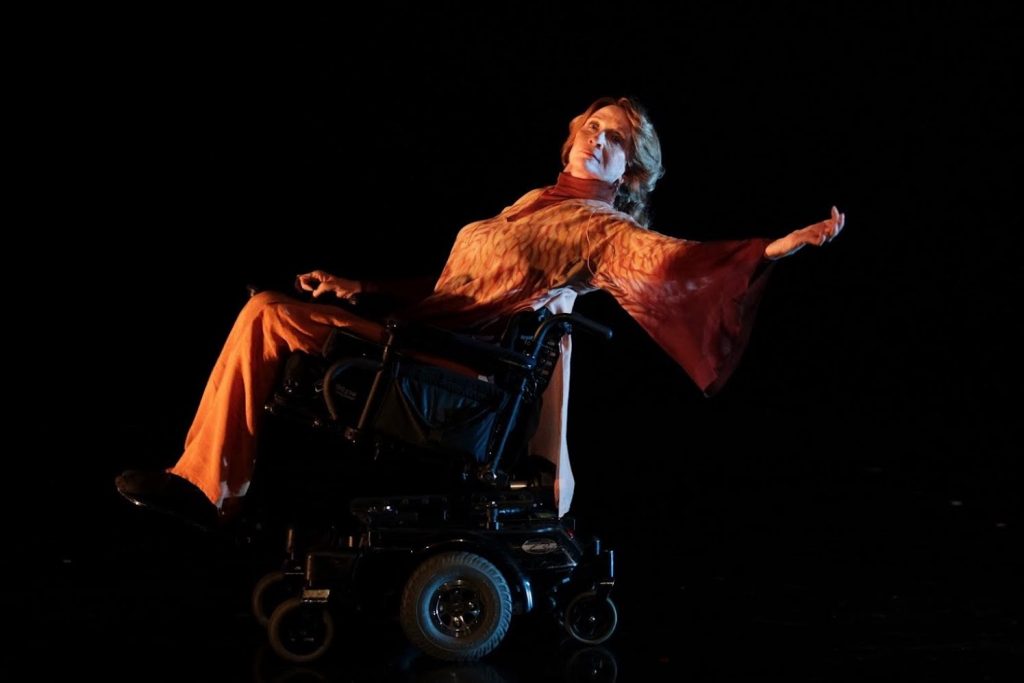
Ginger Lane, from the piece titled “Paloma Triste”, choreographed by Ginger Lane – Photo by Lisa Green.
One of the treasures of this book is that Moore has included interviews with several women who were dancers at one point in their lives, and experienced a crippling accident or disease. Ginger Lane who was a dancer who was involved in an accident became a social activist for disabled people’s rights and also continued to choreograph and perform; this is what Moore calls an integrated-dancer. Lane makes many inspiring statements while revealing her journey, but the paragraph that stood out for me was in response to Moore’s question about what Lane would like readers to understand about those with disabilities.
“When you are writing this,” Lane says, “if you can help the reader to understand that disability is a vantage point, a perspective, a way of experiencing the world. It may be about shattering stereotypes. It may be about sharing your disability experience, because let’s face it, you’re not going to be able to tap with your feet forever.”

Mindy Kim, Virtual Chair Dance Instructor for Dance for All Bodies, and Chair One Fitness Instructor – Photo courtesy of the author
We also hear from Mindy Kim, a 42-year-old chair tap instructor who lives in North Carolina. Kim never wanted a professional career as a tap dancer, but only to teach and choreograph for others. She did so until a very rare condition called myotonic dystrophy slowly began to limit her ability to move. Unwilling to give up her dreams, Kim researched and experimented her way into learning how to teach not only other disabled students but those who were nondisabled.

Lindy Dannelley (AKA Oji), professional integrated dancer, writer, published author, and living her most audacious life – Photo courtesy of the author.
Some of you may have heard of Lindy Dannelley, a.k.a. Oji who performed professionally with the Atlanta, Georgia based Full Radius Dance. She has been a performer from the age of five and then at age 40 her body stopped responding normally. After many years and doctors, Dannelley discovered that she had sacroiliac joint dysfunction and mononeuritis multiplex. This did not stop or even slow Dannelley down and aside from continuing her performing career, she has set out to help people normalize their lives. Regarding the use of the word disability, Dannelley wrote to me in a message “that people should ONLY use the word disabled. Not any of the other euphemisms.”
“Trust me, able-bodied people love labels,” Dannelley said during the interview, “Disabled is what you call anybody with a disability. [As I mentioned], physically integrated dance is the term when an able-bodied person and a disabled person dance together. When a disabled person dances [alone], that’s just dance. I dance because I am a dancer, and I fall like I’m a dancer.”
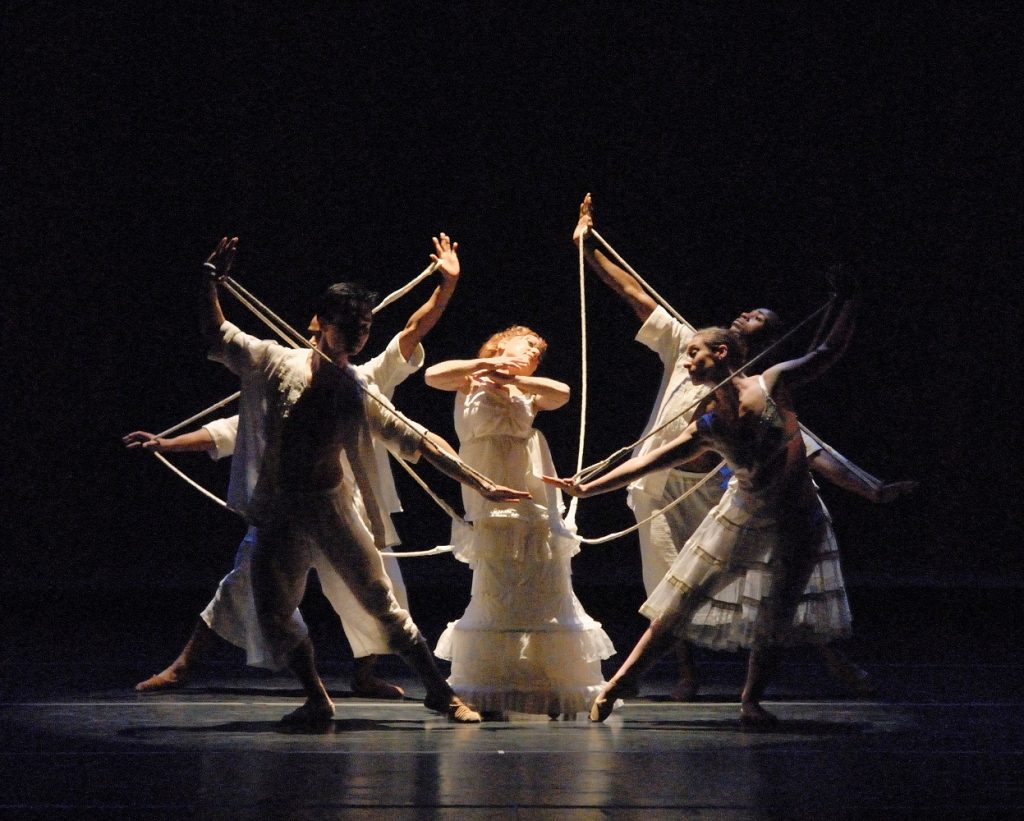
Hoang Dang, Joey King, Mary Verdi-Fletcher, Sara Lawrence-Sucato, Robbie Cecil performs the gorgeously choreographed piece titled “Walls of Glass”. Integrated dance at its finest. Image courtesy of the Dancing Wheels Company.
In addition to the many pages of dance warm up steps and combinations for all levels of training, Moore has a chapter defining Choreography versus Improvisation, how to improve the types of imagery for young people who are born with a disability, and an entire chapter called The Evolution of Tap. Moore even includes a section at the end of Tap Dance For All that describes what materials are needed in order to make, maintain and carry Tap Gloves.
Tap Dance For All is indeed a book for teachers who wish to expand their teaching skills to include more types of students in their classes, but it is also a book of love for the art of tap dance, for making it an inclusive art form for everyone, and for opening the “nondisabled” person to truly see the person in front of them for who they are, not what their limits might be.
Tap Dance For All – Adapting Instruction for Disability and Mobility Impairment was published by McFarland, based in Jefferson, North Carolina. To learn more about the publisher, please visit their website or email them at customerscr@mcfarlandpub.com. Orders/Customer Service numbers include toll free 800-253-2187.
Tap Dance For All is also available on Kindle and Paperback at Amazon.com and at Barnes & Noble.
This article was edited on 10/05/23to correct a misquote.
Written by Jeff Slayton for LA Dance Chronicle.
Featured image: Phyllis Boos, Sachi Kubota, Pamela Rinaldi from Atria Simi Hills Retirement, having fun and learning the basics in a Tap for All hand tap class – Photo courtesy of the author.

